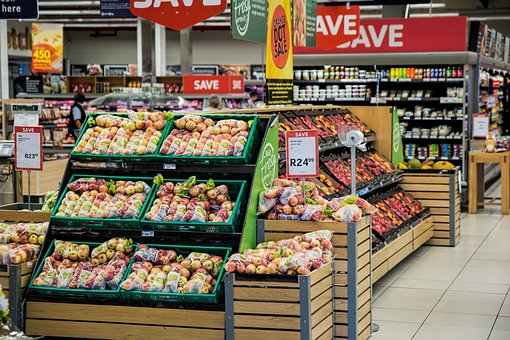 We all cover unit rates in the math classes we teach although most of the time the textbook loves to teach it in terms of price per ounce for some item such as pancake mix, juice, or laundry soap. Although it appears often in the grocery store, many people do not pay attention to this information so they do not see the cost per unit.
We all cover unit rates in the math classes we teach although most of the time the textbook loves to teach it in terms of price per ounce for some item such as pancake mix, juice, or laundry soap. Although it appears often in the grocery store, many people do not pay attention to this information so they do not see the cost per unit.I spend time reading the little tags on the shelf when the store has them. Many small stores in Alaskan Villages do not have them so you can't use them to help shop.
One time, I was in town shopping for laundry soap. Not a hard thing except the unit breakdowns among the brands were not always the same. Some might have cost per ounce, while others had cost per box. I discovered that two smaller boxes cost less than the large box and you got more laundry soap with the two smaller boxes. If I hadn't checked, I might automatically have purchased the large one because the assumption is the large one is always more economical.
The grocery store is filled with more unit rates. Look at the produce when you buy it. So many items in the produce department are listed as a per unit cost such as apples are $2.49 per pound or plantains $0.99 each. These are unit costs. Check out cleaning supplies such as brooms or mops is a per unit cost.
If you look at most items such as material is a per yard or per meter cost, tires are per tire, and many tools are sold per item. Furthermore, if you look at nails and screws, they are sold per pound. Even cars are sold per item. Now admittedly, cars vary a bit according to the extras but usually the base price is the same.
I like the idea of giving a homework assignment for students to find different unit prices at various stores to show how there are unit rates all over the place, everywhere you go. Even gas is listed as a per gallon here in the United States.
Just a way to show students unit rates are all around us. Let me know what you think, I'd love to hear your thoughts. Have a great day.
No comments:
Post a Comment